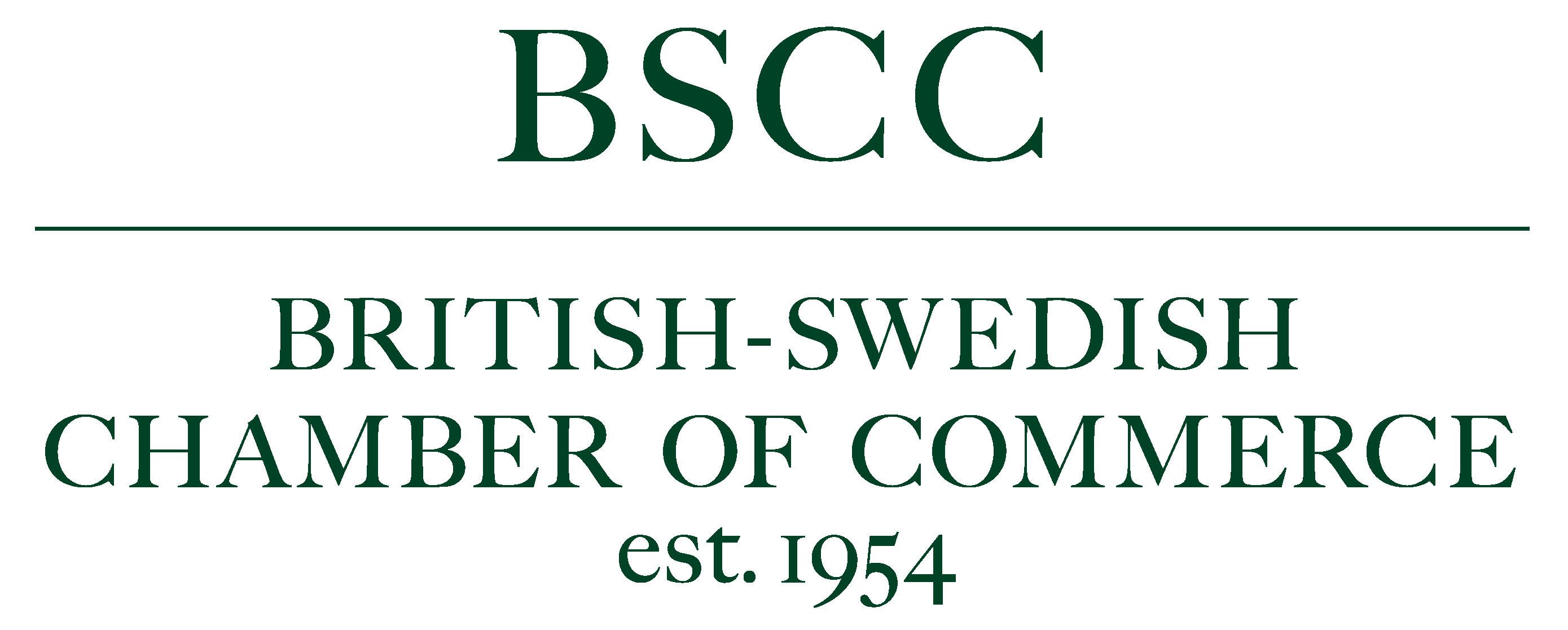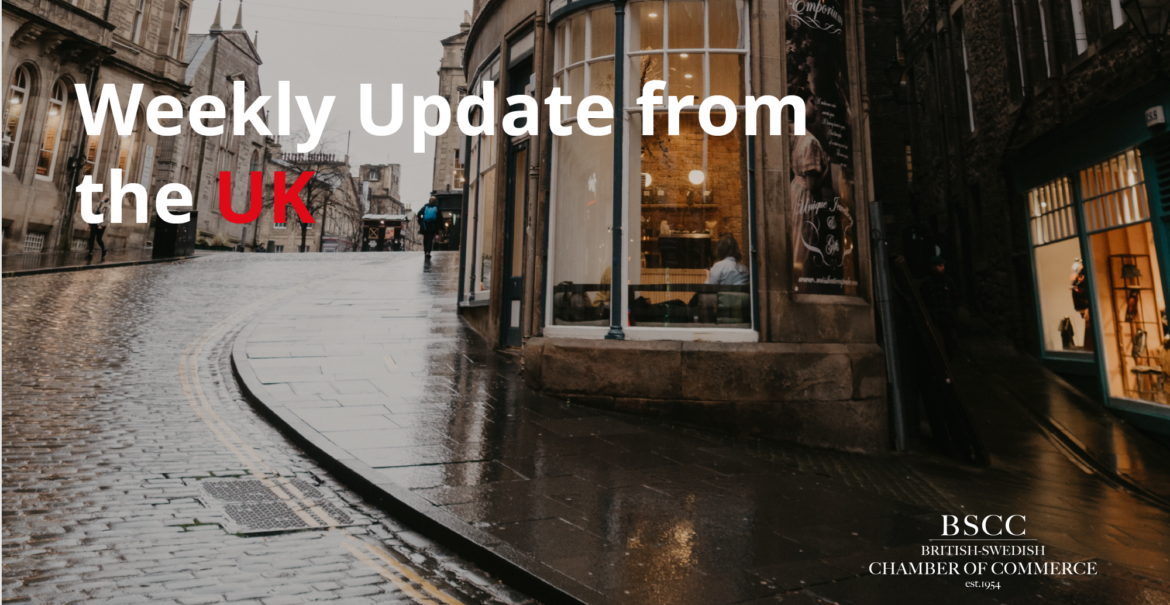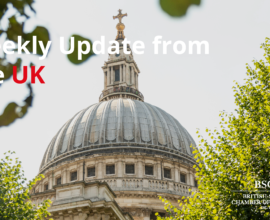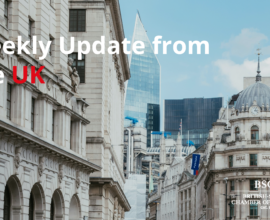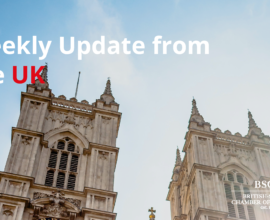4. Weekly Newsletter
UK in the Ukraine
The British news cycle is currently dominated by the potential Russian invasion of Ukraine. PM Johnson has warned Russia that if it did invade it would be a “disastrous” and a “painful, violent and bloody business”. The UK, alongside the US, has withdrawn some embassy staff from Kyiv with government warnings that an invasion could happen any time. Tensions continue to rise on the Ukrainian border and the nation’s Ambassador to the UK has additionally requested that the UK Armed Forces join them. So far the US and UK have not deployed any large scale additional troops in Ukraine but the US has just landed a 90 tonne “lethal aid” shipment of military aid worth $200m. Whereas, the UK has sent 30 elite troops and 2,000 anti-tank weapons following air surveillance of the notable build-up of Russian troops on the border.
At present, Russia has over 100,000 troops on the border (of 900,000 active personnel) which singlehandedly represents one of the largest forces in the continent. Comparatively, the UK’s entire Armed Forces employs 159,000 and Sweden’s has nearly 25,000 employed. One of the main suggested motives for a Russian invasion is due to NATO’s expansion since 1997 which has led to the superpower ‘demanding’ no further eastward expansion for the intergovernmental military alliance towards Ukraine.
Newspapers & COVID
The newspapers have focused upon a wide range of topics this week. The Daily Telegraph has looked at the government scandal surrounding partygate for which police evidence has now been submitted and a report looks likely to come out within a fortnight. The UK’s largest newspaper has been looking (and has launched a campaign for) the upcoming national insurance tax hike to be delayed. Finally, the Times has highlighted the concern that Russia “will weaponise gas supplies” (for which the UK gets 5% from) as the EU sources around half their supply from them.
COVID cases in the UK now total 15.95m (up 640,000 in 7 days) over the course of the pandemic and daily totals sit well above levels seen in 2021. However, despite the gradual re-opening of the UK: daily case figures are plummeting. Furthermore, COVID travel tests have now been axed in England and Scotland for the fully vaccinated. Britain has now inoculated 52.23m people, with 48.15m receiving a second vaccine and a final 36.94m have taken a booster dose- this totals 137.37m vaccinations delivered across the country.
British Inflation
UK figures for December 2021 now show that inflation is at its highest level since March 1992 at a rate of 5.4% for the month. This comes around one year after inflation levels were almost as low as 0% and factors such as energy prices continue to push this reversal. At the current rate, unless the government intervenes, the average household is expected to experience annual energy bills around £500 higher in 2022. Other factors which have influenced this surge include the rising cost of clothes, food and footwear which has led to political pressures on the government.
The consumer price index (CPI), according to the Bank of England, is anticipated to rise to 6% by April whilst some analysts believe this could rise as high as 7%. The Governor of the Bank of England, Bailey, expects inflation to rise above the official target (2%) into mid-2023 as energy prices continue to rise. In the long-term the Bank of England also expects that oil prices are about to rise (up to $100 per barrel according to Goldman Sachs). However, the national average pay increased by 4.2% (year on year) which does provide more room for the government to help close the gap between inflation and wage growth.
